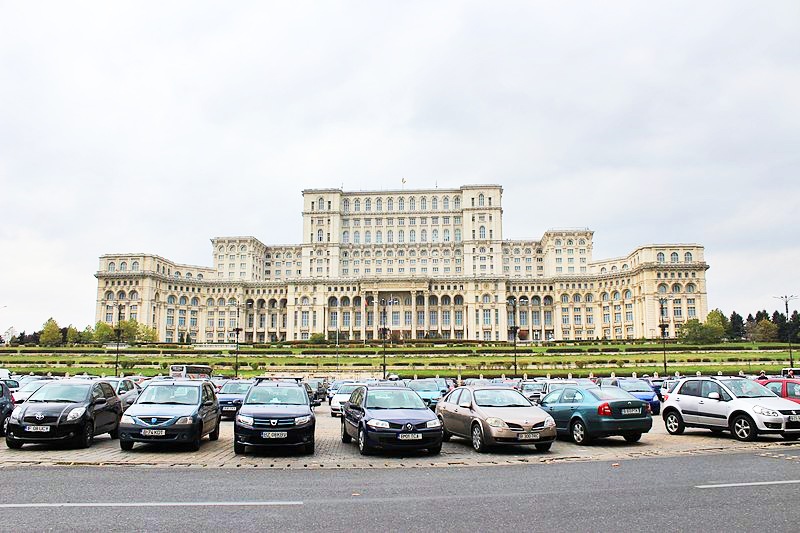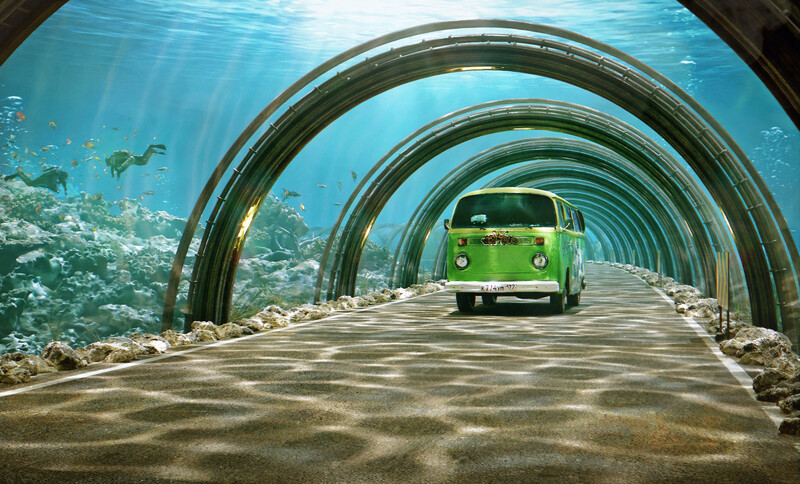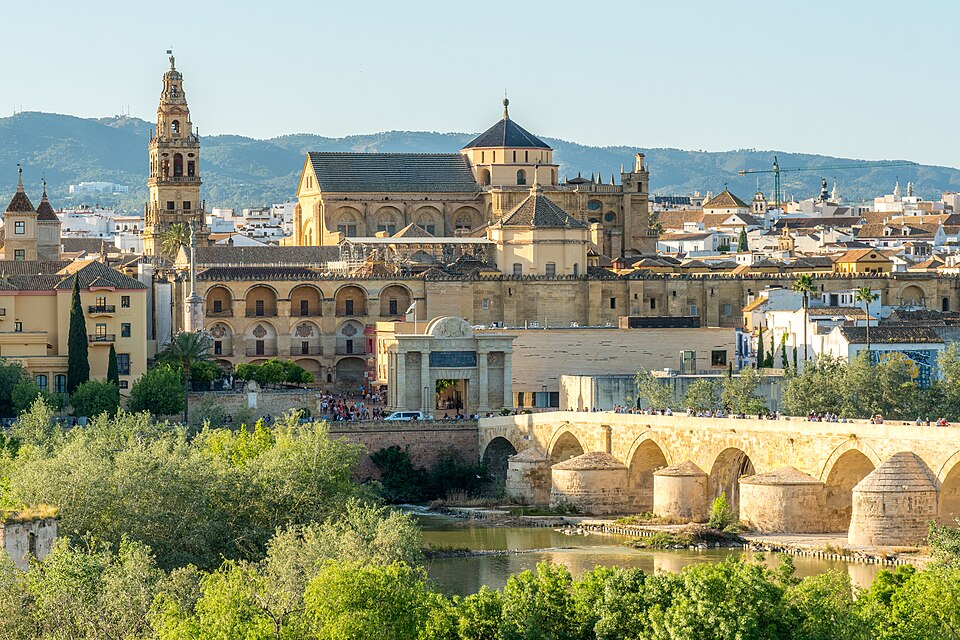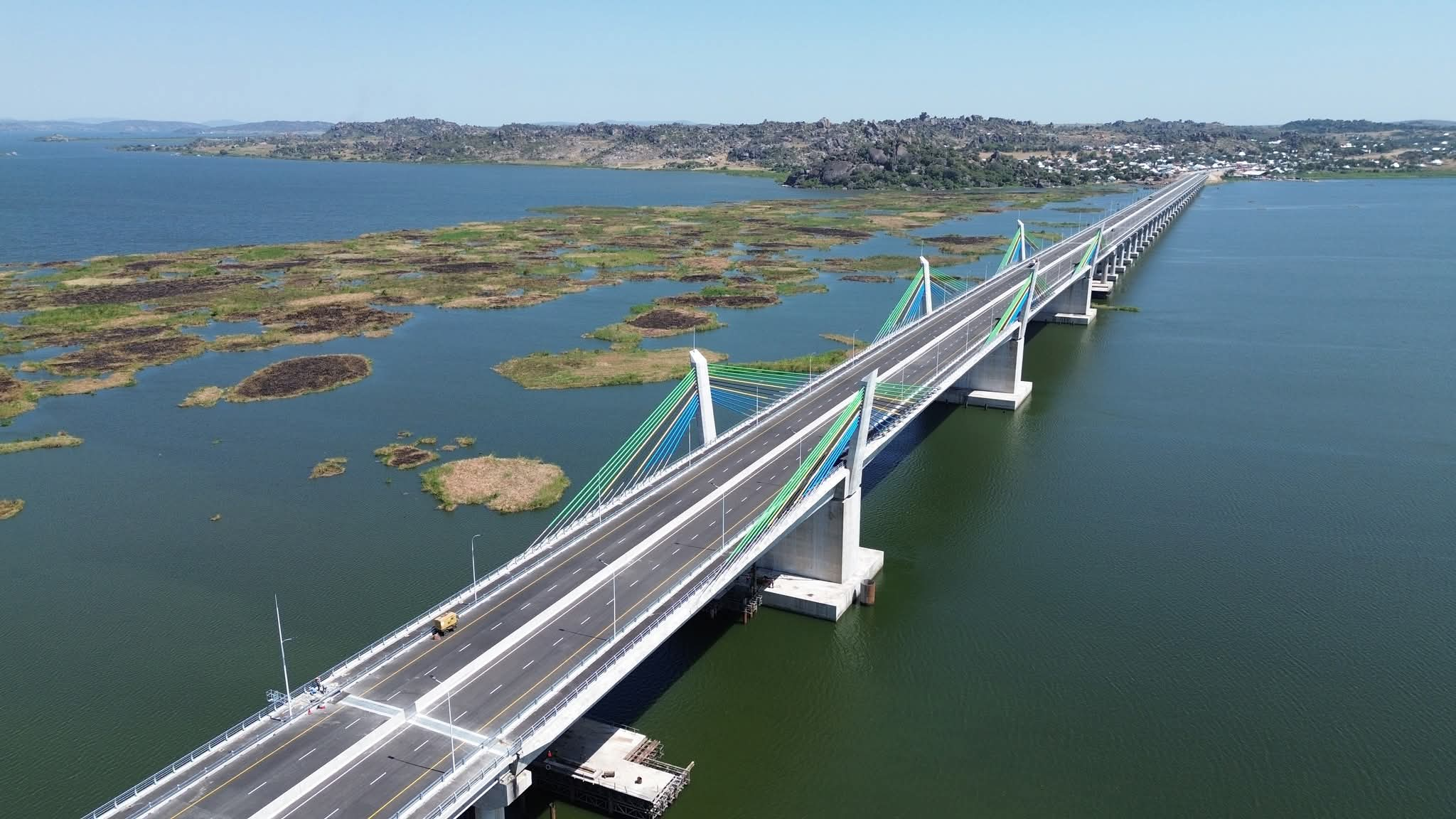PALACE OF THE PARLIAMENT: The Most Expensive Administrative Building in the World

Did you know that the Palace of the Parliament in Romania is one of the heaviest buildings in the world, weighing more than 40 percent than the Great Pyramid of Giza, and that it is also the most expensive administrative building in the world built at €4 billion?
The Palace of the Parliament, also known as the Republic's House, or People's House/People's Palace, is the seat of the Parliament of Romania, located atop Dealul Spirii in Bucharest, the national capital, and reaches a height of 84 m (276 ft), has a floor area of 365,000 m2 (3,930,000 sq ft) and a volume of 2,550,000 m3 (90,000,000 cu ft).
The Palace of the Parliament is one of the heaviest buildings in the world, weighing about 4,098,500,000 kilograms (9.04 billion pounds; 4.10 million tonnes), also being the second largest administrative building in the world. While the Great Pyramid of Giza is at about 5.75 million tons, the Palace of the Parliament is about 40% heavier.
Construction of the palace began on 25 June 1984, and the inauguration of the work was attended by Ceaușescu, who also frequently inspected the site. Uranus Hill was leveled, and the Uranus-Izvor neighborhood was destroyed so the building could be erected. The area had also been home to the National Archives, Mihai Vodă Monastery and other monasteries, Brâncovenesc Hospital, as well as about 37 old factories and workshops. Demolition in the Uranus area began in 1982. Approximately 7 km2 (2.7 sq mi) of the old city centre were demolished, with 40,000 people being relocated from the area.
The works were carried out with forced labour in addition to soldiers, minimizing costs. Between 20,000 and 100,000 people worked on the site and project, operating in three shifts made up of 5,000 Romanian People's Army soldiers and huge numbers of "volunteers". A controversy is how many people died, official data suggest 27 but individuals who worked or were forced to work here talk of a much higher number, some say thousands.
The building was designed and supervised by chief architect Anca Petrescu, with a team of approximately 700 architects, and constructed over a period of 13 years (1984–97) in modernist Neoclassical architectural forms and styles, with socialist realism in mind. The Palace was ordered by Nicolae Ceaușescu (1918–1989), the president of Communist Romania and the second of two long-ruling heads of state in the country since World War II, during a period in which the personality cult of political worship and adoration increased considerably for him and his family.
Known for its ornate interior composed of 23 sections, the palace houses the two chambers of the Parliament of Romania: the Senate (Senat) and the Chamber of Deputies (Camera Deputaților), along with three museums and an international conference center. The museums in the Palace are the National Museum of Contemporary Art, the Museum of Communist Totalitarianism (established in 2015) and the Museum of the Palace.
Though originally named the House of the Republic when under construction (Romanian: Casa Republicii), the palace became widely known as The People's House (Romanian: Casa Poporului) after the Romanian Revolution of December 1989. Due to its impressive characteristics, events organized by state institutions and international bodies such as conferences and symposia take place there, but despite this about 70% of the building remains empty.
Since 1994, the palace has housed the lower house of the Romanian Parliament, the Chamber of Deputies, after its former seat, the Palace of the Chamber of Deputies (now the Palace of the Patriarchate), was donated by the state to the Romanian Orthodox Church. Since 2004, the upper house, the Senate of Romania, has also been housed in the Palace of the Parliament, after having left the former headquarters of the Central Committee of the Romanian Communist Party.
Six years after the palace's completion, between 2003 and 2004, a glass annex was built alongside the external elevators. This was done to facilitate outside access to the National Museum of Contemporary Art, which opened in 2004 in the west wing of the palace. During the same period, a project aiming to hoist a huge flag was cancelled following public protests. A flag already hoisted outside the building was also removed after the protests.
A restaurant inside the palace, accessible only to politicians, was refurbished. Since 1998, the building has also housed an office for the Regional Southeast European Cooperative Initiative (SECI) Centre for Fighting Transborder Crime. In 2008, the Palace hosted the 20th summit of the North Atlantic Treaty Organization. In 2010, politician Silviu Prigoană proposed re-purposing the building into a shopping centre and entertainment complex. Citing costs, Prigoană said that the Romanian Parliament should move to a new building, since they occupied only 30% of the massive palace. While the proposal sparked debate in Romania, politician Miron Mitrea dismissed the idea as a "joke". The palace has also been the background for several motorsports events, including the 2011 Drift Grand Prix Romania, which brought together professional drifters from all over Europe.
During the 1980s, the Romanian government implemented a crippling austerity policy to pay the foreign debt. In 1989, the building costs were estimated at US$1.75 billion, and in 2006 at US$3 billion. In 1990, Australian-born business and media magnate Rupert Murdoch tried to buy the building for US$1 billion, but his bid was rejected. As of 2020, the Palace of the Parliament is valued at €4 billion, making it the most expensive administrative building in the world. The cost of heating, electricity, and lighting alone exceeds $6 million per year. The old Palace of the Chamber of Deputies is now the Palace of the Patriarchate.
Source: Wikipedia
#penglobalfactfile


_1755775186.jpg)
